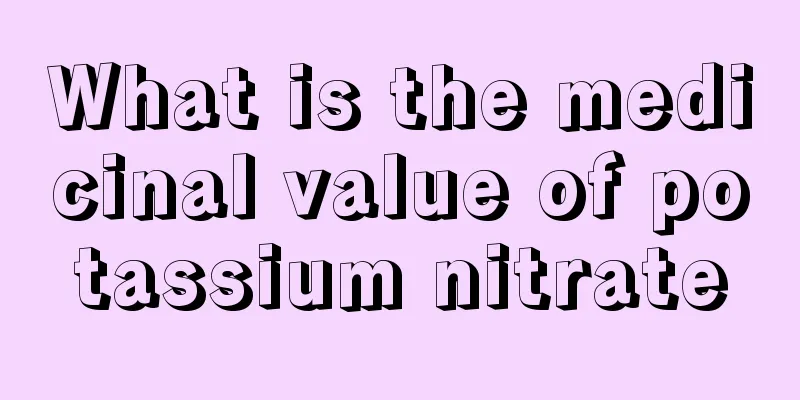Is surgery necessary for renal hamartoma?

|
Renal hamartoma is a benign tumor of unknown etiology, composed of blood vessels, smooth muscle and adipose tissue. This tumor is more common in adults, and more common in women than in men. The disease can generally be treated surgically, but in fact, for patients with small tumors and mild symptoms, conservative treatment can be chosen. Renal hamartoma, also known as renal angiomyolipoma, is a benign tumor that can occur not only in the kidneys but also in the heart, eyes, lungs, brain, bones, etc. Many people do not know how to choose a treatment plan for this disease. So, is surgery necessary after the disease? Let's take a look. Generally speaking, the treatment plan needs to be selected based on the size of the patient's tumor and the presence or absence of bleeding and malignant tendencies. For patients with a tumor diameter less than 4 cm, stable vital signs, and no symptoms, regular renal CT scans can generally be selected to closely monitor changes in the tumor and perform conservative treatment. In addition, if the tumor does not show obvious changes, regular observation can continue. However, if the tumor grows rapidly or ruptures and bleeds, surgical treatment is required, and the primary consideration is to preserve the patient's renal function as much as possible. The options for surgical treatment are as follows: 1. For patients with tumors less than 4 cm and mild symptoms who do not want to choose surgical treatment, renal artery interventional embolization or radiofrequency ablation can be considered, and the effect is good. However, if the above two methods are ineffective, surgical treatment is the only option. 2. For patients with tumors larger than 4 cm in diameter and without obvious symptoms, surgical treatment, arterial embolization or regular observation and treatment can be considered. 3. If the tumor gradually grows larger, the possibility of spontaneous rupture and bleeding will also increase, so surgical treatment is recommended. Other treatments include embolization, kidney transplantation, or hemodialysis: 1. Interventional embolization For the treatment of arterial embolism, the patient's bleeding condition should be considered first. Generally speaking, renal artery branch embolization is often used to protect part of the patient's renal function. 2. Kidney transplantation or hemodialysis This method is suitable for patients with bilateral renal lesions, resulting in renal failure or tumor rupture and bleeding, and who must undergo bilateral nephrectomy. The decision of whether to have surgery for renal hamartoma should be based on the tumor and symptoms. Common surgical treatments for this disease include arterial embolization, nephron-sparing surgery, and nephrectomy. A reasonable plan should be selected under the doctor's advice. Patients should also supplement some high-fiber and high-vitamin foods and avoid spicy foods. |
<<: What is the cause of renal hamartoma
>>: Do you know what nursing measures are there for bladder cancer
Recommend
What are the disadvantages of plucking armpit hair with tweezers
Summer is here, and many female friends are going...
What are the symptoms and hazards of dust mite allergic rhinitis?
Because of the change of seasons, many people'...
What are the early symptoms of lung cancer? These are the common symptoms of lung cancer in the early stage
I don't know how much you know about lung can...
The functions and effects of enzyme soap
Enzyme soap is more effective than other soaps. I...
What are the symptoms of chronic bronchitis?
Chronic bronchitis is a recurring disease. Patien...
There are three places where laryngeal cancer hurts in the early stage
Early symptoms of laryngeal cancer are often thro...
Can prostate cancer cause hematuria?
Will prostate cancer cause blood in the urine? Pr...
Why does my chest hurt when I exhale
For friends who experience chest pain when exhali...
What are the characteristics of bloodshot nasal discharge from nasopharyngeal carcinoma and what are the treatments?
Nasopharyngeal carcinoma is already a common dise...
What are the ways to prevent cervical cancer? Can vaccination completely prevent cervical cancer?
The main cause of cervical cancer is HPV virus in...
Postoperative care tips for colon cancer
Colon cancer is also a type of intestinal cancer....
What are the latest drugs for rectal cancer
What are the latest drugs for treating rectal can...
What factors are the causes of gastric cancer
Among the many malignant tumors in China, gastric...
What are the dangers of a neti pot
In the past, people used the neti pot to help bre...
Why does my arm hurt
I believe people are not unfamiliar with arm pain...









